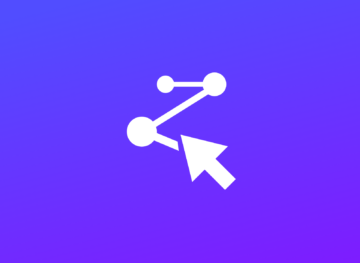
What is customer experience analytics?
Customer experience analytics is the systematic collection, integration, and analysis of data related to customer interactions and behavior with an organization and/or its products and services.
Customer experience (CX) analytics can identify valuable insights about customer behavior, preferences, and patterns and help organizations make better data-driven business decisions to enhance customer satisfaction, engagement, and loyalty while improving overall business performance.
Data for customer experience analytics can be collected through several digital channels—such as Net Promoter Score (NPS) surveys, social media mentions, or clicks as well as metrics developed by user interactions with a website and mobile applications. CX analytics can also encompass nondigital channels, such as in-store experiences. CX analytics gathers and aggregates all these touchpoints to understand past events. Collected insights are then used to predict and influence future outcomes.
The steps of customer experience analytics
The basic steps involved in collecting, analyzing, and utilizing customer data typically remain consistent across organizations.
- Data collection. Collect customer data through methods such as digital experience monitoring, mobile or web real-user monitoring, product analytics, website analytics, customer relationship management data, customer feedback, and more. The data should cover quantitative metrics (e.g., purchase history, clickthrough rates) and qualitative feedback (e.g., surveys, reviews).
- Data integration. Aggregate and integrate customer data into a unified view by consolidating data from multiple sources into a centralized database or data warehouse to ensure data quality and consistency.
- Data analysis. Use analytical methods such as segmentation, customer sentiment analysis, customer journey mapping, and machine learning algorithms to uncover patterns, trends, and insights.
- Reporting. Present findings from the analysis through data mapping visualizations with drag-and-drop interfaces, interactive dashboards, and timely business intelligence (BI) reports.
An iterative approach with continuous measuring and monitoring of customer data enables an organization to optimize its customer experience analytics and related efforts over time.


